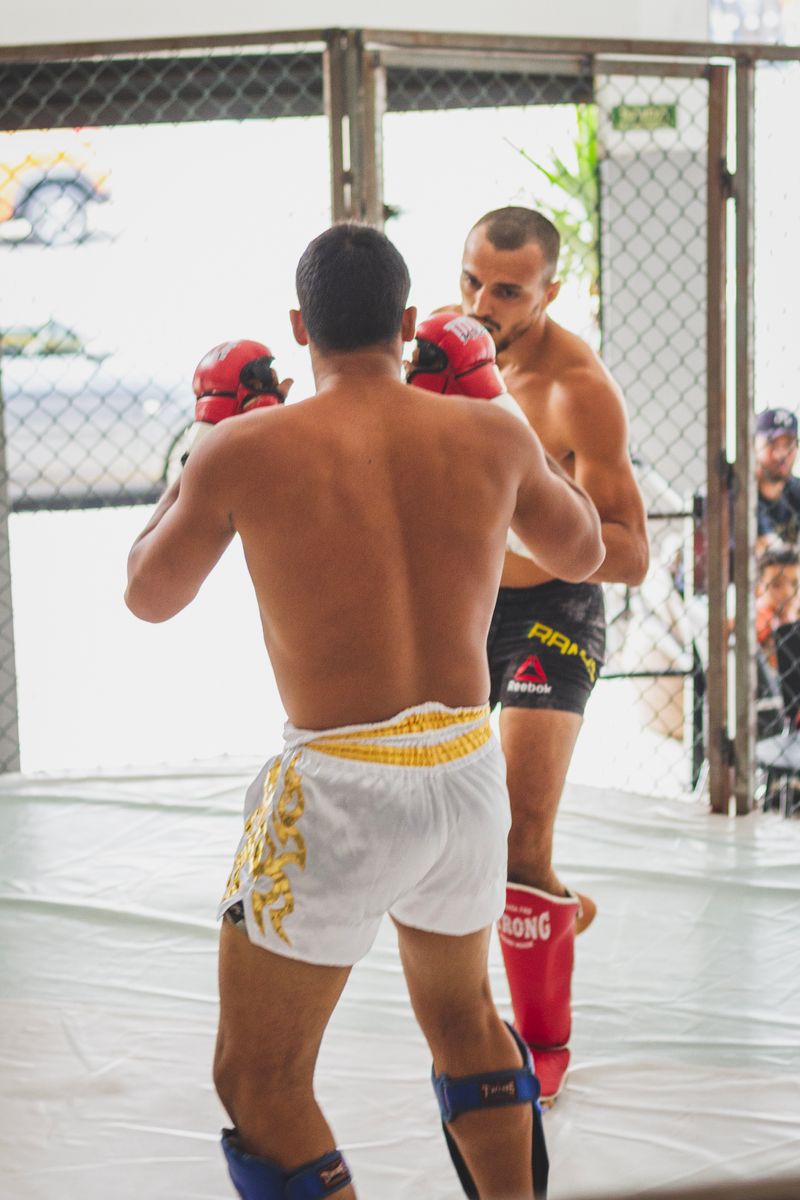- The NBA‘s In-Season Tournament: A Novel Approach to Mid-Season Glory
- You might want to read !
The NBA‘s In-Season Tournament: A Novel Approach to Mid-Season Glory
Introduction
The National Basketball Association (NBA) recently announced the details of its first-ever in-season tournament, signaling a bold move to inject fresh excitement into the league’s calendar. Set to commence on November 3rd, the tournament will feature all 30 NBA teams, with each team participating in group play before advancing to the knockout stage. The championship game, marking the culmination of this thrilling new addition to NBA‘s schedule, will take place on December 9th, offering a tantalizing alternative to the regular season grind.
A Break from Tradition: Group Play and Knockout Stage
The NBA‘s decision to introduce a mid-season tournament represents a significant departure from the league’s traditional structure. For the first time in NBA history, teams will be divided into groups, playing a series of group stage games against fellow competitors within their conference. These groupings were determined through a random draw, adding an element of unpredictability and intrigue.
In the Eastern Conference, Group A consists of the Philadelphia 76ers, Cleveland Cavaliers, Atlanta Hawks, Indiana Pacers, and Detroit Pistons. Group B includes the Milwaukee Bucks, New York Knicks, Miami Heat, Washington Wizards, and Charlotte Hornets. Lastly, Group C features the Boston Celtics, Brooklyn Nets, Toronto Raptors, Chicago Bulls, and Orlando Magic.
On the Western Conference side, Group A comprises the Memphis Grizzlies, Phoenix Suns, Los Angeles Lakers, Utah Jazz, and Portland Trail Blazers. Group B features the Denver Nuggets, Los Angeles Clippers, New Orleans Pelicans, Dallas Mavericks, and Houston Rockets. Finally, Group C includes the Sacramento Kings, Golden State Warriors, Minnesota Timberwolves, Oklahoma City Thunder, and San Antonio Spurs.
Group Play and Its Implications
The group play stage of the tournament will commence on November 3rd, with each team scheduled to play four group games. These games will count toward both regular season records and statistics, weaving a sense of importance and urgency into the tournament proceedings.
Games in the group play stage will take place exclusively on Tuesdays and Fridays in November, ensuring that the tournament does not overlap with the traditional NBA schedule in a significant manner. However, an exception will be made on November 7th, Election Day, when no games will be held to encourage civic engagement.
The team with the best record in each group, along with two wild-card teams (the second-best records in each conference), will advance to the knockout stage. For the teams that do not progress, a two-game series will be scheduled in December to fill out their regular 82-game season.
The Knockout Stage: Quarterfinals, Semifinals, and Championship
The knockout stage of the tournament will witness single-elimination quarterfinals on December 4th and 5th, with the top-seeded teams from group play hosting these games. Following the quarterfinals, the remaining teams will battle it out in the semifinals and eventually compete for the championship.
The semifinals and eventual championship game will be held at the T-Mobile Arena in Las Vegas on December 7th and 9th, respectively. It is important to note that while all games in the tournament contribute to regular season records and statistics, the championship game itself will not.
For the two teams vying for glory in the championship, the game will be labeled as Game 83, providing them with an opportunity to etch their names in history beyond the traditional 82-game regular season schedule.
Rewards and Recognition
Aside from the NBA Cup trophy being awarded to the tournament champion, the NBA has also announced that a prize pool will be allocated to teams advancing to the knockout stage. Additionally, an MVP of the in-season tournament will be named, recognizing the standout performer throughout the group and knockout rounds. An All-Tournament Team will also be selected, further acknowledging exceptional performances.
Philosophical Discussion: Fine-Tuning the NBA Calendar
The introduction of the in-season tournament raises interesting philosophical questions about the nature of competition, the importance of tradition, and the potential for innovation in professional sports leagues.
Traditionally, the NBA has been defined by its 82-game regular season and subsequent playoffs. However, the tournament represents a thought-provoking deviation from this established framework. By incorporating group play and a knockout stage, the NBA is seeking to captivate fans and players alike during the sometimes-monotonous middle portion of the regular season.
Critics argue that such a change is unnecessary, compromising the sanctity of the regular season and shifting the league’s focus away from its primary objective: winning the NBA championship. Others view the tournament as a refreshing departure from convention, injecting new levels of intensity and excitement into the season and providing teams with additional opportunities to compete for glory.
Editorial: A Calculated Risk
The NBA‘s in-season tournament is undoubtedly a calculated risk. While it pushes the boundaries of tradition and introduces an extra element of competition, its success ultimately depends on the degree to which fans and players embrace the concept. The league should be commended for its willingness to experiment and innovate, but it must remain vigilant in assessing the impact of the tournament on players’ health, fan engagement, and the overall quality of competition.
The NBA has traditionally displayed a deep understanding of its fan base, and this new tournament offers a unique chance to further enhance the league’s connection with its supporters. By providing added drama and a fresh narrative within the regular season, the tournament may attract even more attention to the NBA, generating increased interest, TV ratings, and revenue.
Yet, it is important for the league to strike a careful balance. The tournament should not overshadow the playoffs or diminish their significance. Instead, it should serve as a complement to the existing structure, building excitement and anticipation as the season progresses towards its climax.
Advice: Seizing the Opportunity
The NBA‘s in-season tournament presents a chance for teams to embrace a novel concept and pursue mid-season glory. It offers players a unique platform to showcase their skills, compete for additional recognition, and potentially secure an MVP title. Teams should view this tournament as an opportunity to fine-tune their strategies, develop chemistry, and build momentum for the playoffs.
Coaches should carefully navigate player rotations and workload management, ensuring that crucial players stay healthy and fully engaged. The tournament’s compressed schedule poses a challenge in maintaining player welfare and performance, and it will fall upon coaches and team medical staff to navigate this terrain with precision and care.
Fans should approach the in-season tournament with an open mind and embrace the excitement it brings to the basketball calendar. The tournament’s success rests on the active participation and support of the NBA‘s passionate fan base. By tuning in, attending games, and engaging in spirited discussions, fans can help shape the future of the tournament and solidify its place within the NBA landscape.
Conclusion
The NBA‘s decision to introduce an in-season tournament marks an audacious leap into uncharted territory. As teams prepare for the inaugural tournament, the stage is set for a captivating battle for mid-season glory. While the tournament’s success is yet to be determined, it represents a demonstration of the NBA‘s commitment to innovation and its relentless pursuit of enhancing the fan experience. As basketball enthusiasts eagerly await November 3rd, the inauguration of the tournament serves as a reminder that, in the world of sports, change and excitement can emerge from even the most unexpected sources.

<< photo by Ruslan Ruslan >>
The image is for illustrative purposes only and does not depict the actual situation.
You might want to read !
- Why Winning the Powerball Jackpot Could Change Your Life Forever
- Twitterverse Abuzz: Alexandre Pantoja Claims Title Victory, Sparks Social Media Frenzy
- Unlocking Excitement: A Guide to Streaming Mexico vs. Costa Rica in the CONCACAF Gold Cup
- Decoding the In-Season Tournament: Understanding the Rules, Format, and Mechanics
- The Future of Manchester United’s Goalkeeping: Exploring the Aftermath of David de Gea’s Departure
- “The Lincoln Lawyer: A Clever and Classic TV Update”
- Introducing Diablo 4 Season 1: Unveiling the Release Time, Battle Pass Costs, and More




